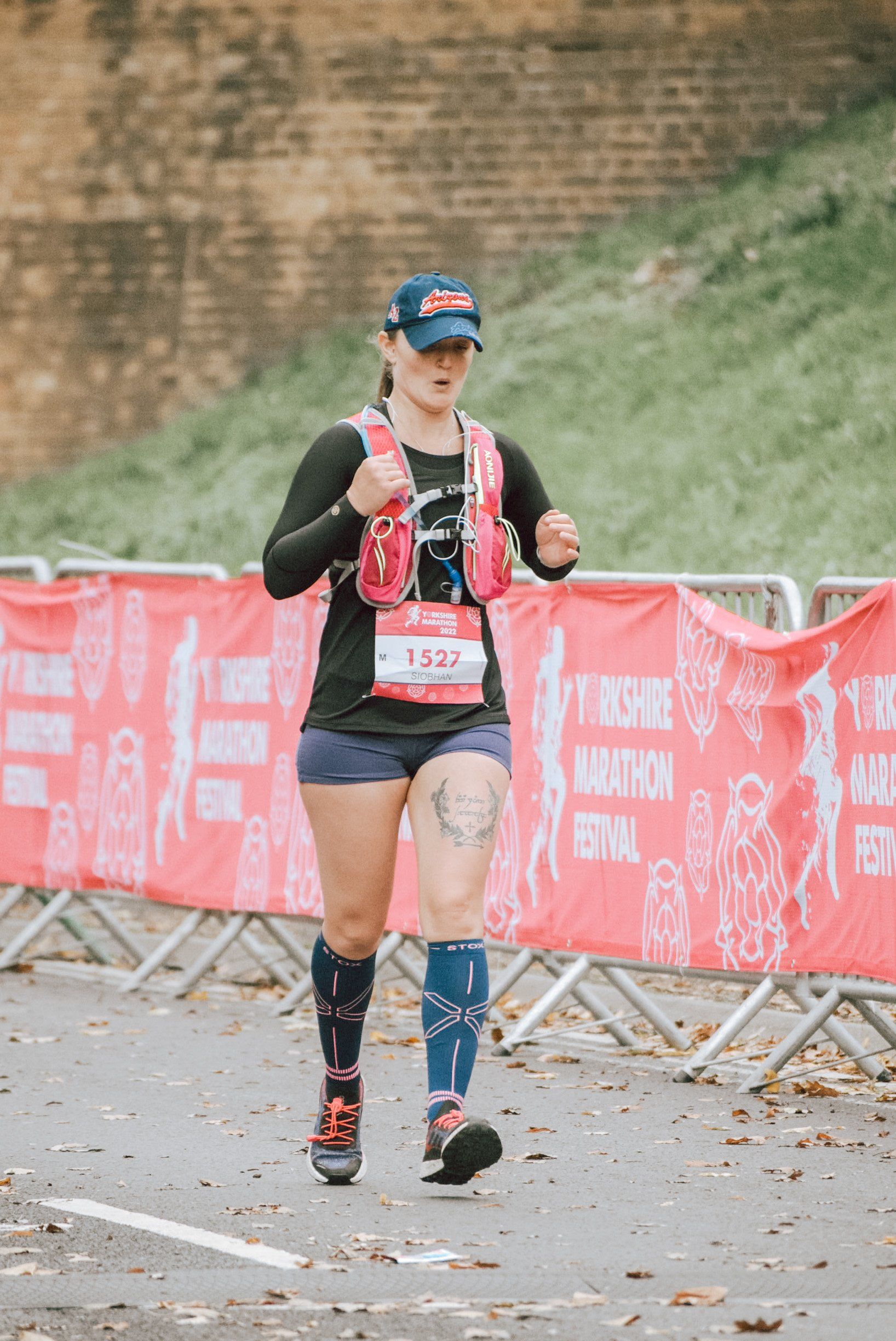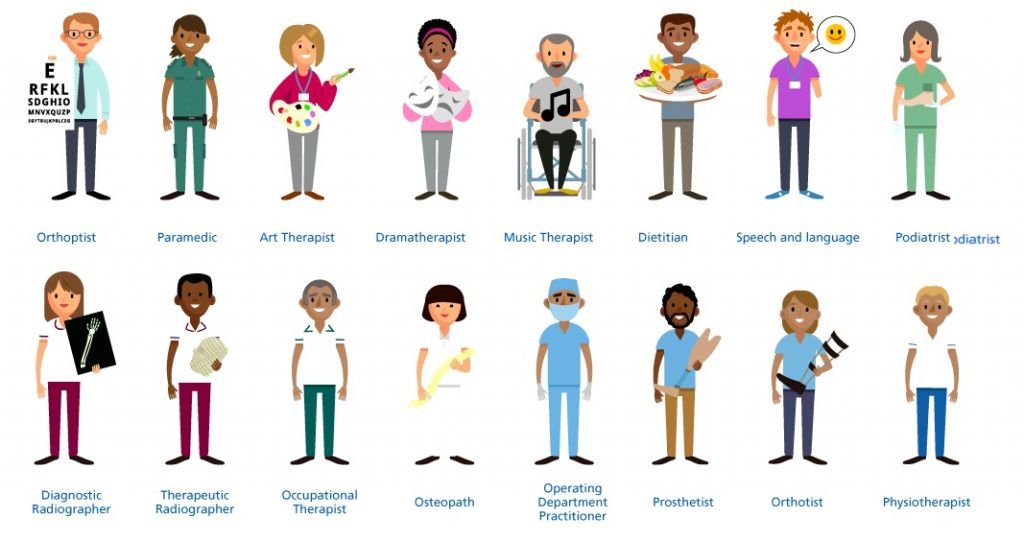You know the feeling, the running season comes to a close and winter sets in. Suddenly the idea of getting up for a morning jog before work is a lot more daunting when the sun hasn't even risen yet and you can see your own breath. For those training for this year's London Marathon (which has now returned to it's usual April date) you will know how it feels to try and warm up in the icy conditions. But for those who have taken a bit of a back seat over the colder months and are now looking to get your trainers back on, here are a few pointers on what to focus on to get you back into it safely...
1. Start with strength...
When you've taken a chunk of time out of any sport it's important to focus on gaining some strength back into the muscles before getting back to the activity itself. This is mainly to avoid possible injuries in the future but it's also to improve and support your running technique too. Weight training is a great way to improve strength in your muscles; gradually building the amount of weight you're working with will allow you to gain power where it's needed. Yoga and Pilates are also great ways to gently build muscle.
2. Cross train on the days you're not running...
As well as strength training, fast paced walking, swimming and cycling are fantastic ways to improve your cardio ability without stomping out the miles underfoot on runs. It'll also give you a break from the physical impact that running has on the body. We always say any of the activities above are great to take up if you're prone to injury or are beginning to suffer from things like shin splints.
3. Slowly does it...
If you're returning to running after time out it's absolutely crucial you start off small. Even it means for the first few weeks you're just walking out the miles rather than running. If you attempt to do too much too soon you are more likely to incur an injury that could set you back before you’ve even really started. Start by walking a 2-3 miles 4-5 times a week for the first few weeks and build from there and gradually introduce a light jog. Then move the ratio so you’re running more than walking and so on.
4. Food glorious food…
Introducing an activity into your life again means switching up your nutrition too. You can't run a car on an empty tank and as you'll be beginning to burn more calories you'll need to fuel you're body with lots of slow release energy foods; Bananas, whole-grains, sweet potato, pasta, fresh fruit and veg and lots of water. Try eating less but often to appease your quickening metabolism.
5. TLC is key...
Try to factor in some time to look after your body as you begin to get back to running. Allow yourself a hot bubble bath with some epsom salts and treat yourself to that monthly sports massage to work on any knots that are causing you niggles. We see a fair few clients here at the clinic for just that; to iron out any problem areas so your body can continue to perform how you want it too. Invest in a wheat bags for some at home heat therapy on tight muscles and look to get a foam roller to use on the days you can't make it to us for a massage.
Most of all, try to have fun! You're getting back into running because it's something you love and whether you're working towards taking part in an event or just doing something for you, remember to not put yourself under pressure and give yourself enough time to build that strength and stamina!
For more information on our "Running Injury and Performance Clinic" please email or call us here at Hands That Heal!




